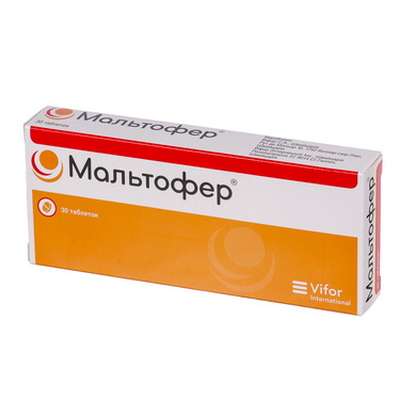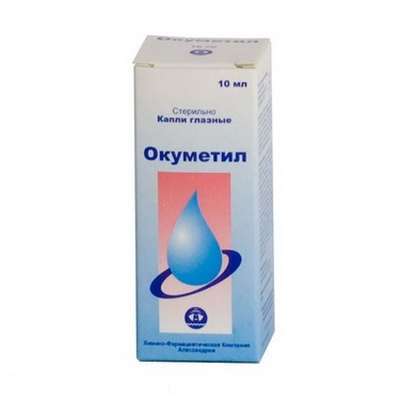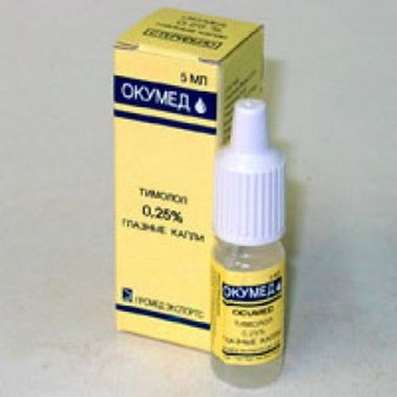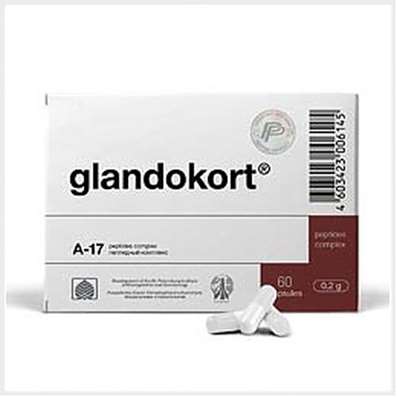Instruction for use: Oxadol
I want this, give me price
Active substance Nefopam
ATX code N02BG06 Nefopam
Pharmacological groups
Other non-narcotic analgesics, including non-steroidal and other anti-inflammatory drugs
Nosological classification (ICD-10)
K08.8.0 * Painful toothache
Dentinal pain, Dentinal pains, Pain pulpitis, Anesthesia in dentistry, Pain syndromes in dental practice, Pain after removal of tartar, Pain when extracting a tooth, Toothache, Pain after dental interventions
M25.5 Pain in the joint
Arthralgia, Pain syndrome in musculo-articular diseases, Pain syndrome in osteoarthritis, Pain syndrome in osteoarthritis, Pain syndrome in acute inflammatory diseases of the musculoskeletal system, Pain syndrome in chronic inflammatory diseases of the musculoskeletal system, Pain in the joints, Soreness of the joints, Soreness of joints in severe physical exertion, Painful inflammatory joint damage, Painful conditions of the musculoskeletal system, Painful joint conditions, Painful traumatic affection of joints, Pain in the musculoskeletal system, Pain in Shoulder Joints, Pain in the joints, Joint pain, Joint pain with injuries, Musculoskeletal pain, Pain with osteoarthritis, Pain in the pathology of the joints, Pain in rheumatoid arthritis, Pain in chronic degenerative bone diseases, Pain in chronic degenerative joint diseases, Bone-joint pain, Joint pain, Arthritic pain of rheumatic origin, Articular pain syndrome, Joint pain, Rheumatic pain, Rheumatic pains
M79.0 Other unspecified rheumatism
Degenerative rheumatic disease, Degenerative and rheumatic diseases of the tendons, Degenerative rheumatic diseases, Localized forms of rheumatism of soft tissues, Rheumatism, Rheumatism with a pronounced allergic component, Rheumatism of the articular and extraarticular, Rheumatic attack, Rheumatic complaints, Rheumatic diseases, Rheumatic disease of the spine, Relapses of rheumatism, Articular and extra-articular rheumatism, Articular and muscular rheumatism, Articular rheumatism, Articular syndrome with rheumatism, Chronic rheumatic pain, Chronic articular rheumatism, Rheumatoid diseases, Rheumatic diseases of the intervertebral disc
M79.1 Myalgia
Myofascial pain syndromes ,Pain syndrome in musculo-articular diseases, Pain syndrome in chronic inflammatory diseases of the musculoskeletal system, Pain in the muscles, Tenderness of muscles, Muscular soreness in severe physical exertion, Painful conditions of the musculoskeletal system, Pain in the musculoskeletal system, Pain in the muscles, Pain at rest, Muscle aches, Muscle pain, Musculoskeletal pain, Myalgia, Muscle pain, Muscle pain at rest, Muscle pain, Muscular pain of non-rheumatic origin, Muscle pain of rheumatic origin, Acute muscle pain, Rheumatic pain, Rheumatic pains, Myofascial syndrome, Fibromyalgia
R51 Headache
Pain in the head, Cephalgia, Pain with sinusitis, Pain in the back of the head, Painful headache, Headache of vasomotor genesis, Headache of vasomotor origin, Headache with vasomotor disorders, Headache, Neurological headache, Serial headache
R52 Pain, not elsewhere classified
Pain syndrome of radicular origin, Pain syndrome of small and medium intensity of different genesis, Pain syndrome after orthopedic surgery, Pain syndrome in superficial pathological processes, Radicular pain in the background of osteochondrosis of the spine, Radicular pain syndrome, Pleural pain, Chronic pain
R52.0 Acute pain
Acute pain syndrome, Acute pain syndrome with osteoarthritis, Acute pain syndrome of traumatic origin, Severe pain of a neurogenic nature, Severe pain, Pain syndrome at delivery
R52.2 Other constant pain
Pain syndrome, rheumatic origin, Pain at vertebral lesions, Pain in the chamber, Pain for burns, Pain syndrome weak or moderate, Perioperative pain,Moderate to severe pain, Moderately or weakly expressed pain syndrome, Moderate to severe pain, Ear pain of otitis, Neuropathic pain, neuropathic pain
T14 Injury of unspecified site
Pain syndrome with injuries and after surgical interventions, Injuries, Extensive trauma to the skin and soft tissues, Muscle and ligament injuries, Injuries, Fibroma traumatic, Acute sport injuries
Z100 * CLASS XXII Surgical practice
Abdominal surgery, adenomectomy, Amputation, Coronary angioplasty, Angioplasty of the carotid arteries, Antiseptic skin treatment for wounds, Antiseptic Hand, Appendectomy, atherectomy, Balloon coronary angioplasty, Vaginal hysterectomy, The coronary bypass, Interventions in the vagina and cervix, Interventions on the bladder, Intervention in the mouth, Restoration and reconstructive surgery, Hand hygiene of medical personnel, Gynecologic surgery, Gynecological intervention, Gynecological surgery, Hypovolemic shock during operations, Disinfection of purulent wounds, Disinfection of wounds edges, Diagnostic intervention, Diagnostic procedures, Cervical Diathermocoagulation, Long-surgery, Replacing the fistula catheters, Infection in orthopedic surgery, Artificial heart valve, cystectomy, Short-term outpatient surgery, Short-term operation, Short surgical procedures, Krikotireotomiya, Blood loss during surgery, Bleeding during surgery and in the postoperative period, Kuldotsentez, laser photocoagulation, laser coagulation, retinal laser coagulation, Laparoscopy, Laparoscopy in Gynecology, CSF fistula, Small gynecological operations, Small surgical procedures, Mastectomy and subsequent plastic, mediastinotomy, Microsurgical operations on the ear, Mukogingivalnye operation, suturing, Minor surgery, neurosurgical operation, Immobilization of the eyeball in ophthalmic surgery, testectomy, pancreatectomy, Perikardektomiya, The period of rehabilitation after surgery, The period of, convalescence after surgery, Percutaneous transluminal coronary angioplasty, Pleural thoracentesis, Pneumonia postoperative and posttraumatic, Preparation for surgical procedures, Preparation for surgery, Preparation of the surgeon's hands before surgery, Preparation of the colon for surgical procedures, Postoperative aspiration pneumonia in neurosurgical and thoracic surgery, Postoperative nausea, Postoperative bleeding, postoperative granuloma, postoperative shock, The early postoperative period, myocardial revascularization, Radiectomy, gastric Resection, bowel resection, uterine Resection, liver Resection, enterectomy, Resection of part of the stomach, Reocclusion of the operated vessel, Bonding tissues during surgical procedures, Removal of sutures, Condition after eye surgery, Condition after surgery, Condition after surgery in the nasal cavity, Condition after gastrectomy, Status after resection of the small intestine, Condition after tonsillectomy, Condition after removal of the duodenum, Condition after phlebectomy, Vascular surgery, Splenectomy, Sterilization of surgical instruments, Sterilization of surgical instruments, sternotomy, Dental surgery, Dental intervention in periodontal tissues, strumectomy, Tonsillectomy, Thoracic surgery, total gastrectomy, Transdermal intravascular coronary angioplasty, Transurethral resection, Turbinektomiya, Removal of a tooth, cataract surgery, Removal of cysts, tonsillectomy, Removal of fibroids, Removing the mobile primary teeth, Removing polyps, Removing broken tooth, Removal of the uterus body, Removal of sutures, Urethrotomy, Fistula likvoroprovodyaschih ways, Frontoetmoidogaymorotomiya, Surgical infection, Surgical treatment of chronic limb ulcersm, Surgery, The surgery in the anal area, The surgery on the colon, Surgical practice, The surgical procedure, Surgical interventions, Surgery on the gastrointestinal tract, Surgical procedures on the urinary tract, Surgical procedures on the urinary system, Surgical intervention of the genitourinary system, Surgical procedures on the heart, Surgical manipulation, surgery, Surgery on the veins, Surgical intervention, Vascular surgery, Surgical treatment of thrombosis, cholecystectomy, Partial gastric resection, transabdominal hysterectomy, Percutaneous transluminal coronary angioplasty, Percutaneous transluminal angioplasty, Coronary artery bypass, tooth Extirpation, Extirpation of milk teeth, pulpectomy, pulsative cardiopulmonary bypass, tooth Extraction, teeth Extraction, cataract extraction, Electrocoagulation, endourological intervention, episiotomy, Etmoidotomiya, Complications after tooth extraction
Composition and form of release
Tablets 1 table.
nefopam 30 mg
in a contour acheikova packing 20 pcs .; in the box 1 packing.
Solution for injection 1 ml
nefopam 20 mg
ampoules of 1 ml; in the packaging of the contour 5 ampoules.
Characteristic
Non-narcotic analgesic of central action.
pharmachologic effect
Pharmacological action - anesthetic.
An analgetic of central action. The mechanism of anesthetic action is associated with the effect on central serotonin, noradrenaline and dopamine receptors. It has a weak m-cholinolytic and sympathomimetic activity. It is not addictive, has no sleeping and relaxing effect, anti-inflammatory and antipyretic activity, and also does not affect the mechanism of blood clotting. Does not irritate the mucous membrane of the stomach.
Indications
Acute and chronic pain of various etiology and intensity, incl. head, dental, rheumatic, in muscles, bones and joints, pre- and postnatal, post-traumatic, pre- and postoperative.
Contraindications
Hypersensitivity, epileptoidnye syndromes, convulsive fits in the anamnesis.
pregnancy and lactation
It is possible only under strict indications and under the supervision of a doctor.
Side effects
From the nervous system and sensory organs: headache, migraine, drowsiness, depression, asthenia, impaired vision.
From the gastrointestinal tract: nausea, vomiting, gastralgia, dry mouth.
From the cardiovascular system and blood (hematopoiesis, hemostasis): tachycardia.
Other: malaise, sweating (in case of parenteral administration).
Dosing and Administration
Inside, usually - 60 mg 3 times a day. Depending on the intensity of pain and effectiveness - 30-90 mg 3 times a day.
In / in (intravenously) or IM (intramuscularly) - 1 ml (20 mg) 1-3 times a day. For intravenous administration, the drug should be diluted first with saline or glucose solution. After injection, the patient should lie down for 15-20 minutes.
Precautionary measures
With special care apply in patients with glaucoma, urinary retention, prostatic hypertrophy, impaired liver or kidney function, with tachycardia, as well as in the elderly. It is not recommended to apply the drug simultaneously with MAO inhibitors. It is used with caution in patients taking antidepressants.
Against the backdrop of treatment with Oxadol, a reversible pink staining of urine, which is not clinically significant, is possible.
The use of oxadol during pregnancy and lactation is possible only in cases where the intended benefit to the mother from taking the drug exceeds the potential risk to the fetus and the baby. Oxydol has no teratogenic effect. The drug with breast milk is allocated.
It is used with caution in patients engaged in potentially dangerous activities requiring increased attention and speed of psychomotor reactions.
A comment
Representation in Russia: Pharma Riace Ltd.
storage Conditions
At room temperature.
Keep out of the reach of children.
Shelf life of Oxadol
5 years.
Do not use after the expiry date printed on the package.

 Cart
Cart





